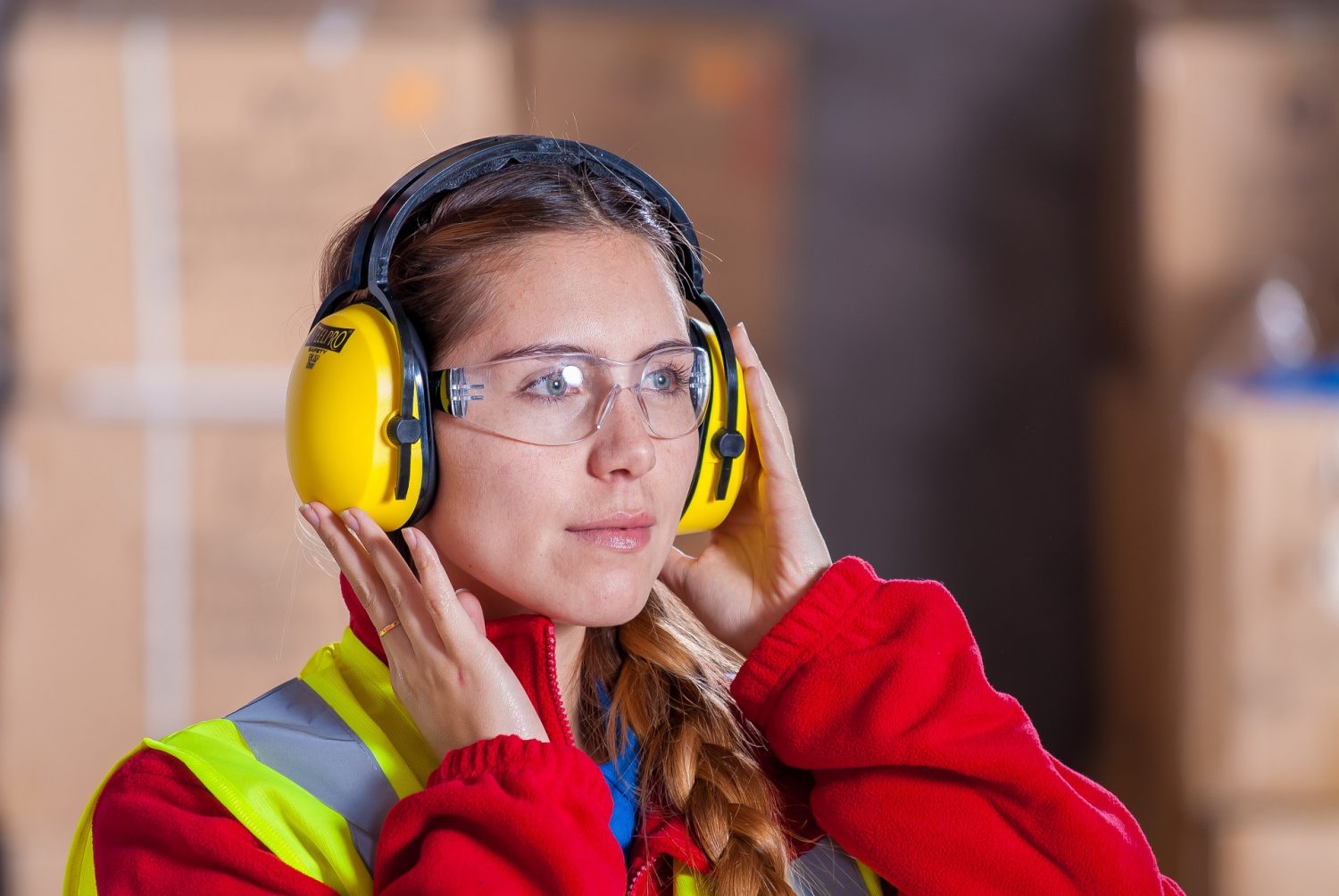When should an employee be provided with safety clothing? Issues related to occupational health and safety (OHS for short) keep many entrepreneurs, owners, CEOs or managers of mainly large plants, where hundreds and sometimes thousands of employees work. Every day they operate a large number of production machines, which constantly creates the risk of an accident during their work.
That is why so much importance is attached to the issue of safety in companies, employers are obliged to organize regular health and safety training on the premises of the plant and to equip employees with special OHS clothing to protect their own clothing and, above all, health and life. But how is it really with this clothing, do you have to provide it or not? Do you know that an employee whose private clothes were soiled or damaged during work may sue the employer to court for this? If you do not equip the employee with health and safety clothing and footwear, and there is such a need, the employee may also refuse to perform work and will have the full right to do so. In the following text, we indicate in which situations it is necessary to provide employees with health and safety clothing and when they can use their own.
- https://www.14konferencja.edu.pl/bielizna-erotyczna-na-prezent-dobry-czy-zly-pomysl
- https://www.siodemka.org.pl/rehabilitacja-kolana-jakie-zabiegi/
- https://www.soa.edu.pl/czy-warto-robic-tatuaze/
When should an employee be equipped with health and safety clothing?
Not every employer has a legal obligation to equip employees with work clothing and footwear. Such an obligation exists in two situations. Firstly, when the employee’s own clothing or footwear may be damaged or significantly soiled as a result of work performed for the employer. The second situation is when the use of work clothes and shoes is necessary due to technological, sanitary or occupational health and safety requirements.
- serwis-laptopow.8ig.pl
- docieplenia-poddaszy.fao.pl
- fotowoltaika24.biz.pl/oferta/fotowoltaika-dla-domu/
When is the employer obliged to equip the employee with personal protective equipment?
Such an obligation occurs when it is necessary to protect the employee against the effects of harmful factors in the workplace. Then, it is obliged to provide the employee with personal protective equipment, the primary task of which is to protect him against these threats.
What do we include in protective clothing and protective equipment? These are the elements of the employee’s clothing that protect his lower and upper limbs, head, face and eyes, respiratory system, hearing as well as equipment to prevent the employee from falling if the work is performed at height.
Do the regulations strictly define workplaces for which occupational health and safety clothing must be allocated?
The answer to that question is no. The employer makes the final decision regarding the determination of the positions in which the clothing and footwear must be used. It also specifies the types of means, clothing and footwear that are required to be used at specific workplaces. The employer is also obliged to constantly check whether employees wear protective clothing at the indicated positions. Of course, the decision on the necessity to wear protective clothing for a given position must be consulted with the trade union organization, employee representatives and a specialized entity or person dealing with occupational health and safety. Similarly, workplaces are established where, in addition to work clothes and footwear, the use of personal protective equipment is required.
Can the employer allow employees to use their own health and safety clothing at the workplace?
Yes, but it should be noted at the outset that this is only allowed for certain positions. The final decision regarding the use of own clothing is also made by the employer, indicating such positions in a special act or company regulations. Of course, he is not completely free to define such positions. There are some restrictions that prohibit the use of your own clothes and shoes in many positions. It is mainly about positions where the work involves the direct operation of machines and other technical devices. This applies especially to large production halls, where employees operate machines at their workstation. Additionally, there is a ban on using your own clothes during work,
What is the equivalent for using your own clothing while working?
Indicating positions where employees can use their own clothing is not a way to save money in the company. Such an employee is entitled to a special equivalent, which the employer is obliged to pay for not providing employees with health and safety clothing and footwear. The only saving in such cases is saving time and human resources that are spent on purchasing workwear. What if we do not pay the employee an equivalent? He has the right to refuse to perform his work, and to pursue arrears in court in the process with the entrepreneur. The situation is similar in the case of lowering the equivalent. Here, too, an employee can fight for his money in court.





